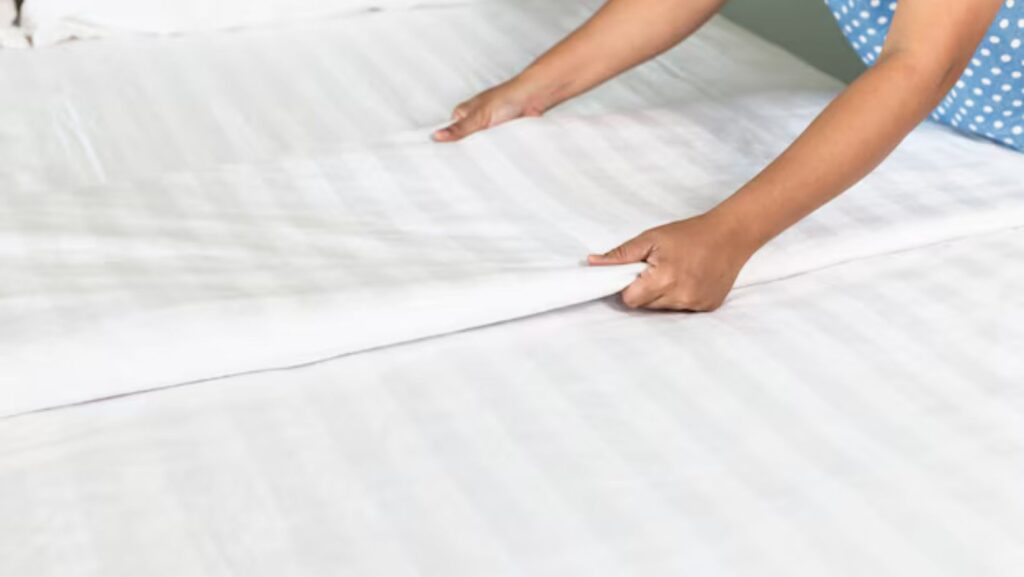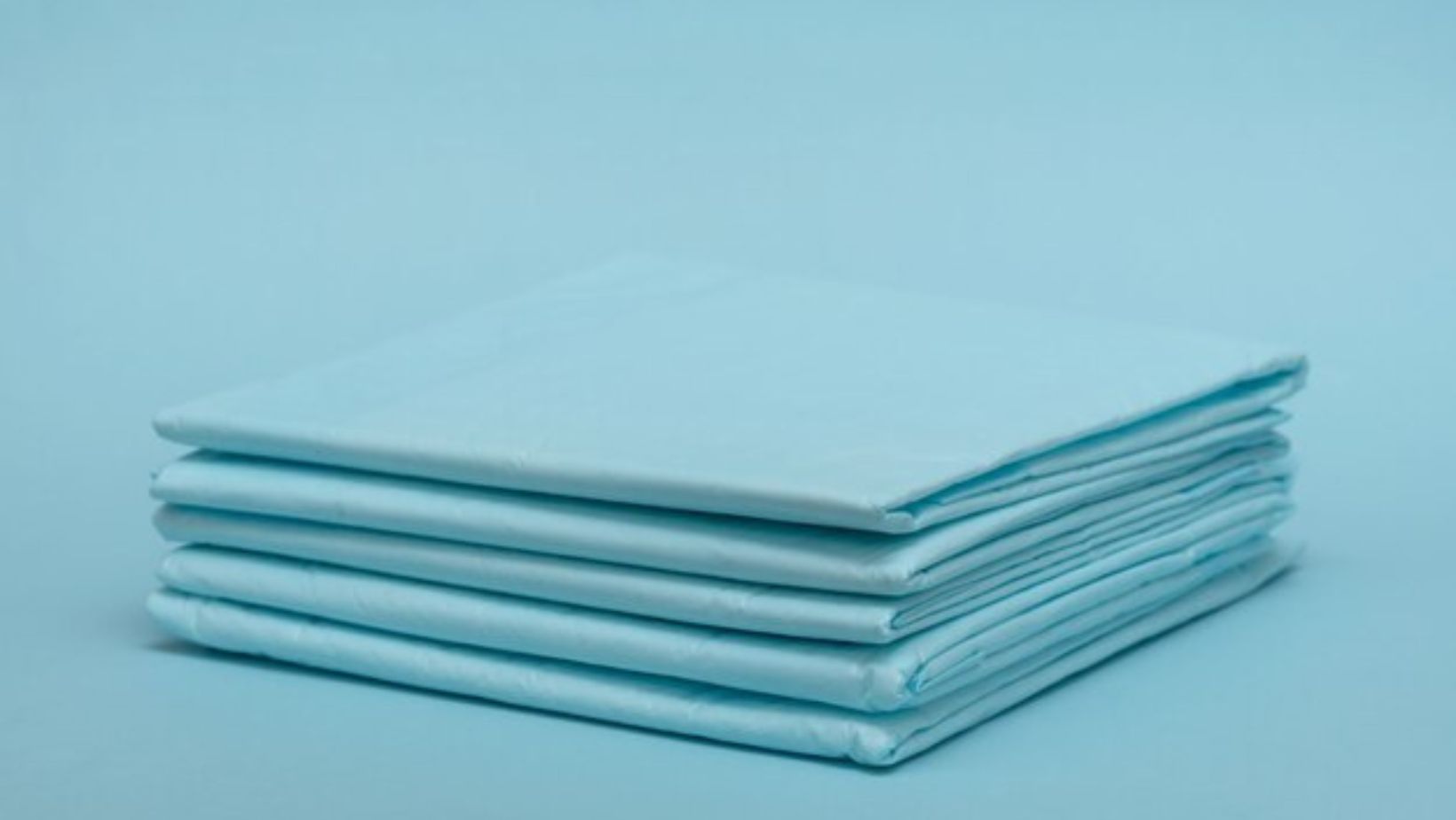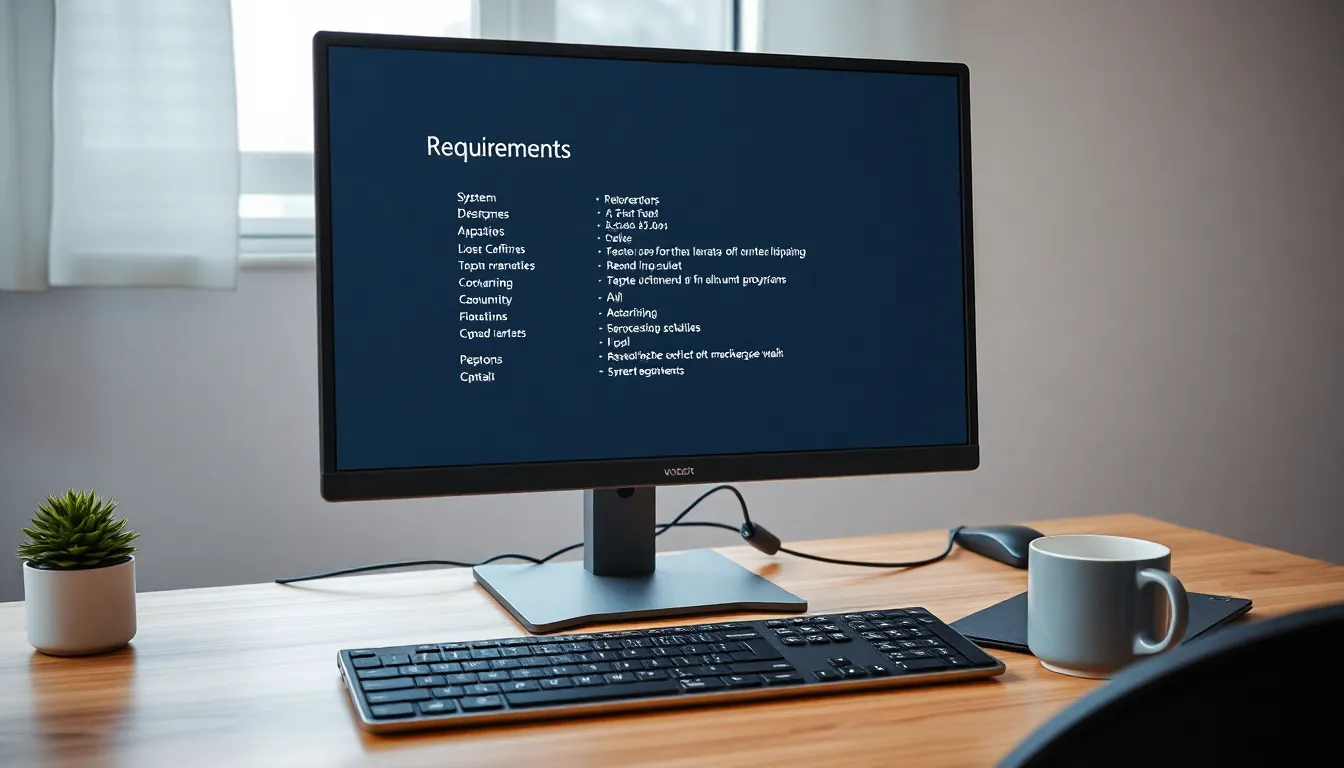
Incontinence is a life-altering condition that can strike anyone’s life at any age and may be brought about by aging, some other medical conditions, or even temporary recovery after surgery. Incontinence requires effective management, which involves more than physical needs- dignity, comfort, and hygiene are entailed. Among these various solutions, underpads are one of the most essential tools in managing incontinence. They protect furniture, promote skin health, and make caregiving easier.
The following article features underpads, their relevance, and everything associated with them in deciding vital performance and dignifying the care that incontinence requires.
What are underpads?
Underpads are protective covers designed to protect beds, chairs, sofas, and other surfaces from moisture-related effects to an incontinence problem. Besides, underpads, also called bed pads, come in various sizes and ranges of absorbency, from disposable to washable versions.
Here’s why underpads are essential in incontinence care:
1. Hygiene Promotion
Hygiene is an essential aspect of incontinence care, and that is where underpads come in. They absorb moisture immediately, hence reducing the chances of bacterial proliferation and any odor. These underpads keep the surface and skin dry, helping maintain hygiene.
This is very important for bedridden patients or those requiring long-term care. Underpads make cleanup easier and reduce the chances of infection or other medical complications resulting from extended moisture exposure.
2. Improvement in Skin Health
Skin starts deteriorating as long as it stays wet. The resultant effect is irritation, rashes, and ulcerations, a common complication of incontinence. The designs of underpads keep the skin dry by wicking the moisture away from the skin so as not to irritate it.
Because underpads are manufactured from soft, non-abrasive material, they protect against chafing and friction. While that is an important feature when considering the lack of mobility on the part of the patients, it also prevents the possible development of hospital-acquired pressure ulcers.
3. Comforting
Comfort is one of the major concerns when it comes to incontinence care. In that respect, underpads are designed for comfort. Essentially, the top layer is very lightweight and is made of skin-friendly material that doesn’t have harmful effects on sensitive skin.
Many of the underpads developed nowadays come with breathable layers to facilitate airflow. Thus, they allow for relatively lower temperature build-ups by regularizing skin temperature, which, in return, reduces irritation significantly.
The feel of softness and breathability offers the user comfort in resting or being in their daily routine without making them feel restricted or uneasy.
4. Simplifying Caring
Underpads make caregiving more manageable by providing a convenient and efficient way of handling incontinence. They reduce the stress and hassle of maintaining hygiene by containing moisture and avoiding messes.
Disposable underpads should be disposed of immediately, saving cleaning time. However, reusable ones can be washed for repeated use and are economically viable for long-term care. This convenience for carers means they have to use less effort in cleaning up and can devote more effort towards the conduit of emotional support and personal care in certain instances.
5. Cost-Effective Solution
Incontinence is costly, especially when washing or replacing furniture occasionally. Underpads are cheaper means of saving surfaces and reducing the frequency of cleaning or replacing them, which may be costly.
These underpads are inexpensive and intended for temporary use, while the reusable variety helps patients with prolonged incontinence management save money in the long run. The flexibility of using underpads in both disposable and reusable types makes them viable for individual/family use and use in healthcare institutions.
6. Versatility in Use
The underpads find their application in homes, hospitals, and nursing facilities, and even when one goes out to travel. These underpads come in several sizes and are available with different absorbances to meet any individual’s or situation’s requirements. Underpads are an understated layer of security in the bed, chair, or anywhere else, and they are a remarkable tool to make life less complicated when handling incontinence anywhere.
7. Reduces Stress and Anxiety
Incontinence can seriously embarrass and stress a person, thus affecting one’s confidence and quality of life. Underpads remove these concerns by giving users security from leaks and the ability to confidently go about their daily routines. For caregivers, the simplicity and efficiency of underpads reduce the stress associated with dealing with incontinence, making the caregiving process easier to manage.
Wrapping Up
Underpads are fabrics of much relevance in the field of incontinence care in service of users and caretakers alike, ensuring that one is protected against humiliation in cases of untimely voiding. In addition to keeping the furniture intact, underpads reduce the incidence of skin irritation apart from easing some time-consuming chores linked with caregiving and, therefore, have become quite helpful in handling incontinence.
Disposable and reusable underpad options are available in designs suited for a wide gamut of specific needs and particular user preferences: affordability, handiness, and hygienic environment for current living, but especially for ease of maintenance at the end. Indeed, this is quite an investment whereby the valuable returns will be highly enjoyed in many ways, either in families or care institutes. With the right underpad, that experience can be a living one, and it adds dignity, comfort, and hygiene at each step for those coping with incontinence.













